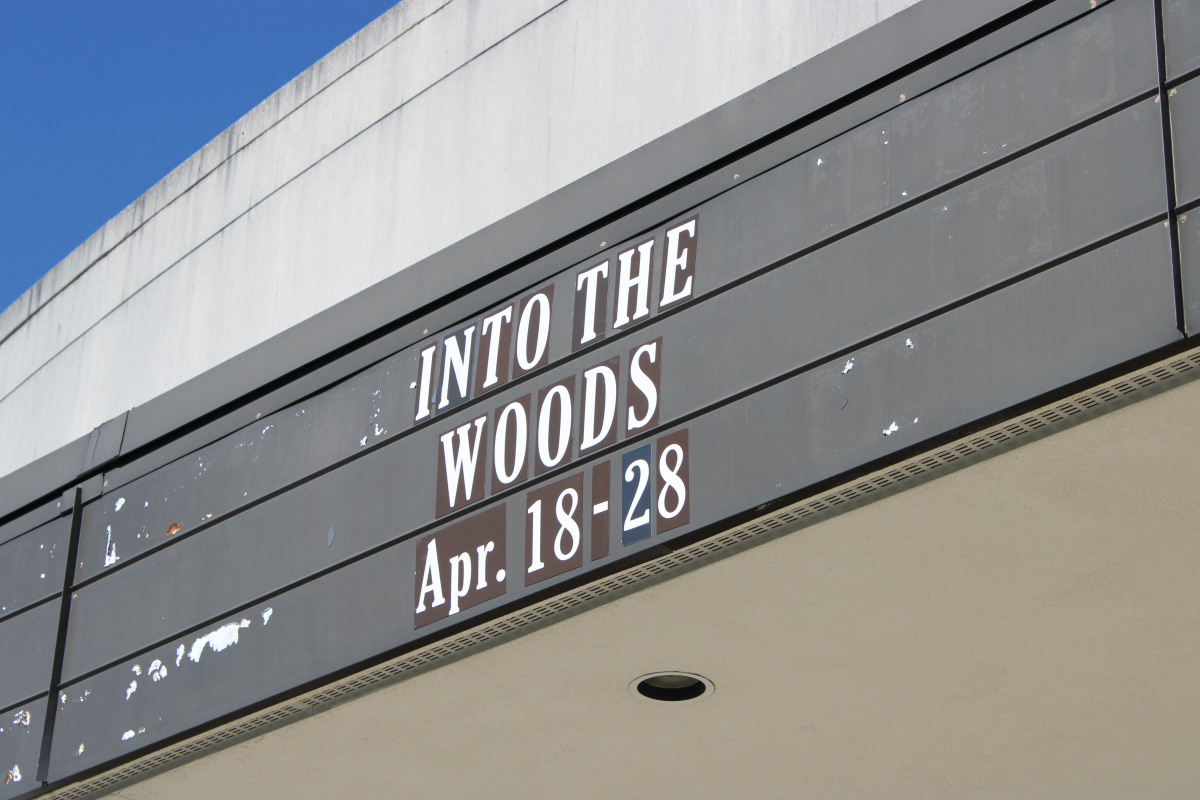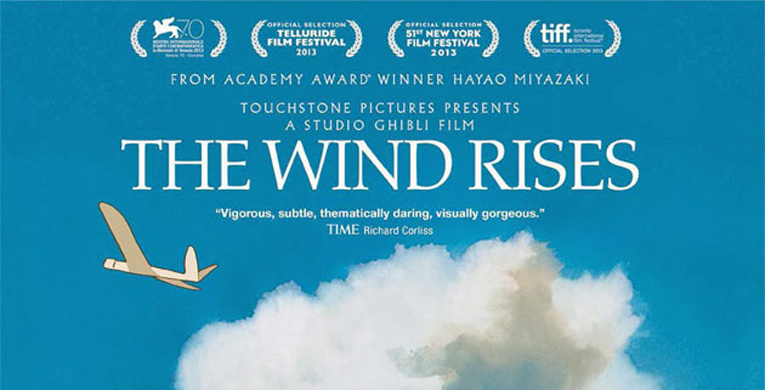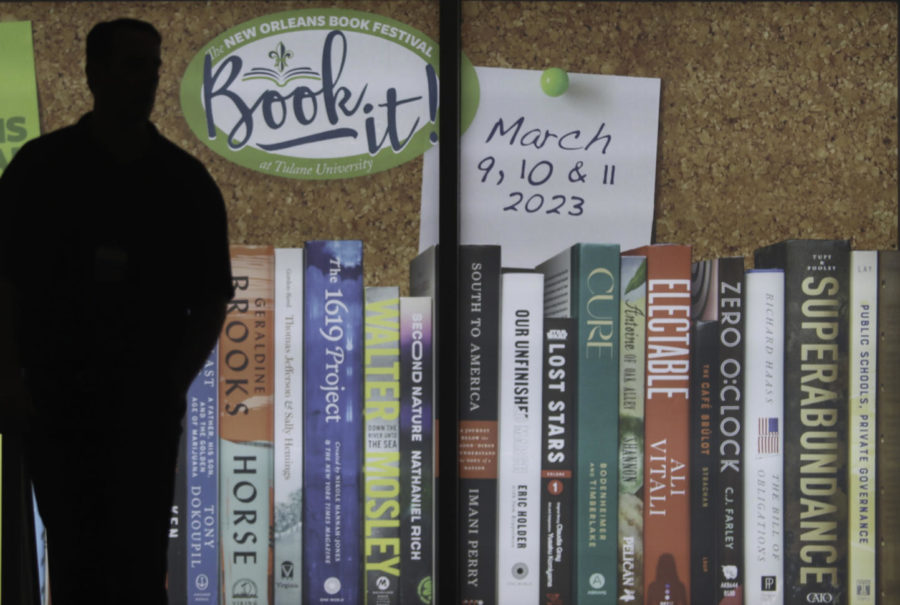
Hayao Miyazaki has often been called the Japanese Walt Disney, and the comparison is quite fitting. His animation studio, Studio Ghibli, is one of the most successful animation studios in the world, and he is the writer and director of some of the most celebrated anime films of all time. This includes the only foreign film to ever win an Academy Award for Best Animated Feature, “Spirited Away.”
Miyazaki recently announced that he was retiring from the film industry and that his last film would be “The Wind Rises.” Expectations for the film were high to say the least. Upon its initial limited release, the film appeared to meet those expectations as it was heralded with high praise and was nominated for the Academy Award for Best Animated Feature.
“The Wind Rises” opened nationwide Feb. 28, and as I had yet to see a Miyazaki film, I knew I had to see his swan song in theaters.
The film tells the fictionalized biography of Japanese plane designer Jiro Horikoshi, who designed many fighter planes for Japan that were used in World War II.
The film follows Horikoshi from his days as a boy obsessed with all things aviation to the flight of his first successful aircraft. Along the way, Horikoshi is guided through the design process by his hero, Italian plane engineer Caproni, who appears to Horikoshi in his dreams.
Throughout the movie, Horikoshi struggles to achieve balance as a man torn between work and love, forced to choose between working on his designs and spending time with his ailing wife. He also struggles to reconcile his dream of building planes and his knowledge of what they will be used for.
Unfortunately, just as Horikoshi struggles to find balance, so does his story. Throughout “The Wind Rises” the viewer is catapulted through time and space at the drop of a dime with little explanation as the story tries to encapsulate as much as possible of Horikoshi’s life.
Despite the two hour runtime, I felt there could have easily been another hour of material just to make the film feel coherent.
The large themes that Horikoshi struggles to come to terms with are presented with absolutely no subtlety whatsoever. Instead of showing how the characters are struggling with the fact that their hard work is being used for war, the characters just state that they dislike that their planes are being used to kill other people.
This internal conflict never seems to actually present the characters with any real problems. Instead it is just relegated to a few lines of throwaway dialogue.
The heavy-handedness does not end with the thematic elements. The romantic subplot is incredibly forced and unnatural. Horikoshi meets his wife Naoko early in the film, and afterwards he has absolutely no contact
with her.
Yet after just a short reunion the characters are madly in love. This is compounded by the fact that Horikoshi spends almost no time with her, leading me to believe that the entire purpose of the romance was a failed attempt at making the very two-dimensional Horikoshi have a little more life in him.
“The Wind Rises” was translated from Japanese and its English cast is star-studded. Joseph Gordon-Levitt, John Krasinski, William H. Macy and Elijah Wood are just a few of the Hollywood heavyweights who lent their voices to “The Wind Rises.”
Unfortunately, all of their star power does not make them expert voice actors, as delivery is often flat and awkward. This is not helped by the fact that some of the translated dialogue is overly cheesy and awkward, especially during Horikoshi and Naoko’s brief romance.
However, despite its flaws, the film does have moments where it succeeds wonderfully. The film is a visual stunner, as one would expect from a Miyazaki film. The animation is gorgeous and smooth, and the locations look as if they were ripped from the work of a master painter.
The definite highlights of the film are Horikoshi’s dreams, where he and Caproni are free from the convoluted mess of the film’s reality to share their passion for flying.
Miyazaki’s film seems so focused on the large details that it loses sight of the important things like making a story flow naturally. It was an ambitious project to go out on, but for me, “The Wind Rises” spent too much time in the clouds of idealism, and as a result, the hurried story suffered.






























